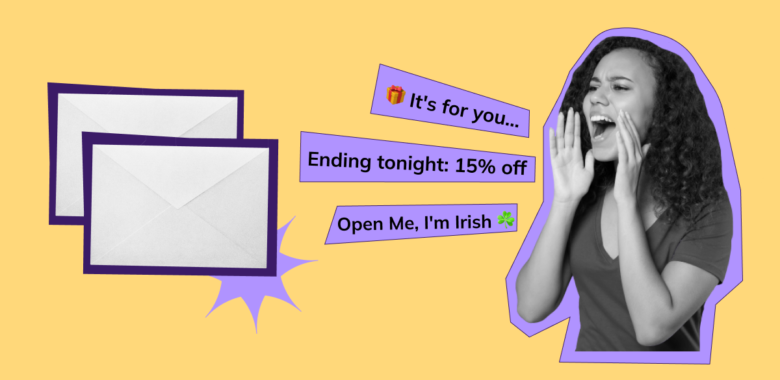But in reality, it’s not always possible to do all at a time — so, some of the components usually prevail. Depending on your strategy, you might want to make your subject line read more compelling, more emotional, or more to the point. But whatever you do, the key to creating a subject line that works is to clearly understand why you’re using a certain technique, and to what end.
As for the techniques themselves, there are plenty in email marketing. Here are some of the best practices for you to try. If used responsibly, they will help your subject lines perform better so that your business could get the most out of your email marketing.
Start with action-oriented verbs
The ultimate goal of a professional email is to compel the reader to take action. That’s why there are CTAs in such emails, whether it’s an e-commerce promotion or a collaboration pitch for a social media influencer. But what use is a great CTA if the recipients don’t open your email in the first place?
That’s where featuring action-oriented verbs in your subject lines can help. These verbs, also known as “action verbs” or “action words”, refer to doing rather than being, and thus prompt the reader to take immediate action: open the email and click on your CTA without contemplation.
Here’s what it looks like in an actual email. In this example, starting with “complete” instantly informs the recipients of what they’re supposed to do and eliminates the guesswork.
From: Michaels Stores
Subject line: Complete your order now and save with this coupon. 🙂























